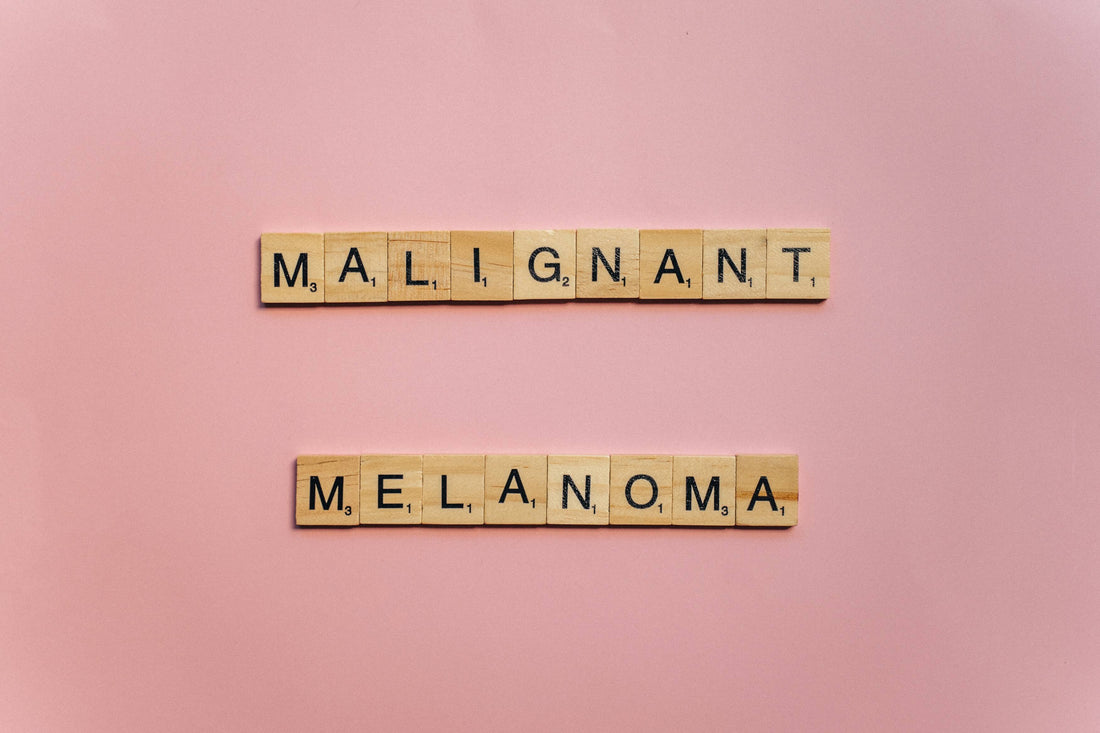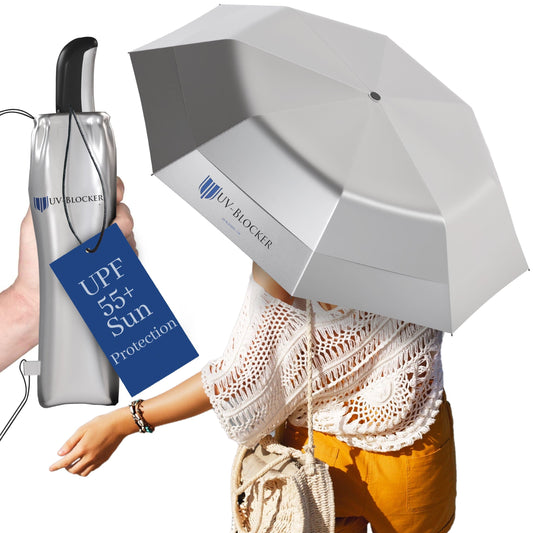Skin cancer is one of the most common types of cancer in the US and worldwide. It is stated that about 1 in 5 Americans suffer from skin cancer by the age of 70. Stats say that more than 2 to 3 people die of the disease every hour in the US alone. However, if detected timely, the survival rate is almost 99 percent for melanoma.
What is Melanoma?
Melanoma is one of the most severe forms of skin cancer. The exact cause for it is still unknown, but certain exposures increase the risk of having melanoma. It develops on the skin and very rarely inside your body, such as in the throat, nose, or eyes. It is usually found in the cells (melanocytes), which are responsible for making melanin. Melanin is a pigment that produces skin color.
Symptoms of Melanoma
Melanomas can be found anywhere in the body; usually, they are found in areas that are exposed to the sun, such as the face, neck, arms, and legs. However, it is not limited to these areas, and they are also found under the sole of the feet, fingernail beds, and hands, especially if someone has darker skin. The first signs that you should look out for melanomas are:
- An existing mole changing its shape
- A new mole that is unusual in shape and color
- A growth in your skin that is also unusual in shape and color
How to Identify Unusual Melanoma
The best way to identify unusual cancerous moles is by following the ABCDE guidelines:
A for Asymmetrical shape – Moles that are irregular in shapes and have no symmetry.
B for irregular Border - moles that have notched or spikey borders.
C for changes in Color - look for moles or growths that have an uneven distribution of colors.
D is for Diameter - growth in a mole that is more than 6 millimeters needs attention.
E is for Evolving - if you have a mole that is suddenly changing its size, shape, or color, and they start to itch and bleed, pay attention!
What are the things that increase the chance of having Melanoma skin cancer?
Understanding the factors that add to the chances of having skin cancer is crucial for early detection and survival. You must consult your doctor if you find yourself at risk of developing any disease that risks your life.
Here are a few factors that can increase the chances of development of melanoma.
High Exposure to sun and UV exposure: if you find yourself under the sun a lot, you expose yourself to UV radiation, which increases your chances of developing melanoma.
Tanning beds: people who enjoy using tanning beds, tanning parlors, or use sun lamps risk developing skin cancers. Using the above unhealthy methods to tan are strongly discouraged.
Fair skin: people who have a very fair complexion have freckles or blue eyes are at an increased risk of having melanoma.
Family history: at least about 10 percent of patients with melanoma account for the same in their families. Suppose your siblings or parents are diagnosed with it, the chances of you developing it are two to three times higher than the average risk.
Race: white people tend to be at a higher risk of developing this kind of cancer compared to black people. However, it does not mean that black people are not vulnerable to melanoma. The disease does not discriminate amongst any race or country.
Prevention of Melanoma
There are many types of skin cancers, and there are different ways to cure them. Researchers have tried to find why melanoma develops, but there have been no concrete answers so far. It is a condition that can develop in anybody with or without a family history and is aggravated due to a few factors listed above. Although there is no way to dodge melanoma, there are still ways to minimize the risks of having one.
Minimize Sun Exposure.
It is very important to protect yourself from the sun; while it is essential to get your daily dose of Vitamin D, too much of the sun can be very harmful to the skin. Protection against the UV rays of the sun is important to reduce the risks of developing melanoma. These UV rays can directly damage your skin cells' composure, which is the DNA, leading to abnormal growth in skin cancer. The times at which the UV rays are strongest are between 10 am to 4 pm. If you cannot stay indoors during this time, it is highly recommended for you to use a UV umbrella to stay safe from the harmful rays. Further, you should use sunscreen or wear a hat or wear clothes that cover most of the skin.
It is Important to Know How to Use a Sunscreen
You need to invest in a good sunscreen lotion that helps you to get protection against both UVA and UVB sun rays. If you only have to go out in the sun for a little while during the day, then apply a product with an SPF (sun protection factor) of at least 15 if you are out and about for a longer time than get yourself an SPF of at least 30. Don't forget to apply the sunscreen thirty minutes before leaving your home, and reapply after every two hours.
Tanning beds and Other Artificial Source of Tanning Can Be Your Early Grave.
An artificial tan is very dangerous for the human body. The lights in the tanning beds are designed to give off UV rays. They give you more exposure in a short while because you are lying in the capsule for a long time under the rays that hit your skin directly. It not just increases the risks of having melanoma, it also increases the risk of having other types of skin cancers.
Don't Ignore a Strange Looking Mole.
Some moles are completely harmless, while others may not be. That's why you need to keep a close eye on your skin and any newly developed mole or those that are changing their color or shape. If you have too many moles on your skin, keeping a regular check with the doctor will be highly advisable.
Don't be Oblivious About Your Family History.
Some cancer genes pass from one generation to another. Get yourself tested if you know of people in your family who have been diagnosed with melanoma. Finding out your melanoma cancer gene will significantly help you combat and prevent the disease. Your doctor can recommend you to visit them more regularly or have any odd mole removed permanently.
A Weak Immune System is not a Good News
Having a weak immune system is the root cause of most of the problems. You are vulnerable to a lot of diseases, including getting melanoma and other skin cancers. Moreover, having an organ transplant may also lead to having melanoma.
It is important to keep a check on your skin as early detection of melanoma can beat the odds. Chances of your survival are increasingly high once it is diagnosed at a primitive stage. Having said that, it is better to be safe than sorry. Therefore, using a UV umbrella is the best precautionary measure you can use to stay safe against melanoma.








